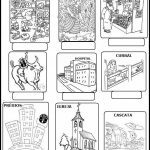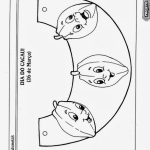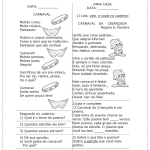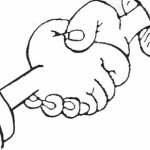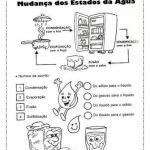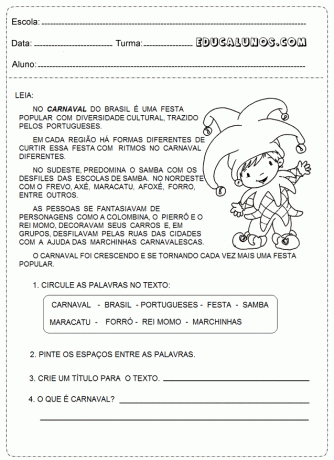I am living in the classroom the sad reality that children have to be literate before the age of seven. I see that the collection of the municipal network is very strict. Children are leaving play at a very early age and turning into a sick being, as most are not mature enough to learn to read and write.


